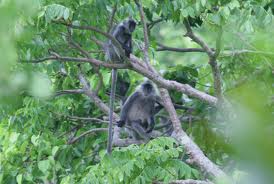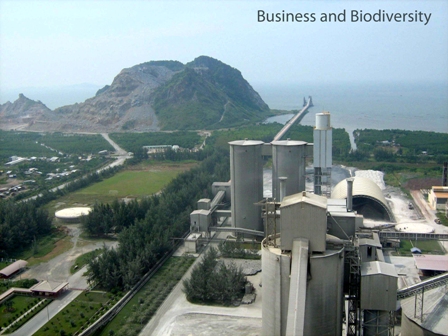

Electricity for lighting is accounted for a large portion of the total power consumption for garment industry. Along with local lighting standard, owners of export orders also impose their lighting requirement to ensure product’s quality and productivity.
As a science company, DuPont has the experience and expertise to put our science to work in ways that can design in - at the early stages of product development - attributes that can deliver solutions that help protect or enhance human health, safety and the environment.
On December 8, 2011, Mark Kramer, the leading professor from Harvard University and co-author with Michael Porter of the strategy of “Creating shared value," recognized Dutch Lady’s sustainable Dairy Development Program as a typical model of “creating shared value” as he presents about the concept in a symposium held by the Vietnam Chamber of Commerce and Industry (VCCI) and FrieslandCampina Vietnam.
At the Creating Shared Value Symposium on December 8, 2011, Mark R. Kramer highly appreciated the crucial role of business in society by creating shared value. Following is part of his speech in the conference.
Vietnam Holding Co., Ltd (VNH) is a value investor, incorporating environmental, social and corporate governance (ESG) factors in its investment analysis and decision-making process. Reporter Dang Yen interviewed Mrs Min Hwa Hu Kupfer, Chairperson of Vietnam Holding on ESG issues related to VNH investment and Vietnam’s sustainable development.’s sustainable development.
Using technology to develop voluntary activities is an innovative approach that Vicongdong.vn is heading for. Launched in late 2008, Vicongdong.vn has actually become a playing field for volunteers across the country.
The Unilever Sustainable Living Plan will result in three globally significant outcomes by 2020, namely: Doubling the Company’s growth whilst halving the environmental impact of its products; Sourcing 100% of its agricultural raw materials sustainably; and Helping more than one billion people take action to improve their health and well-being.
Vietnam is known as a major supplier of rice, coffee, pepper, aquatic products, etc. but fails to develop national brands of international standard competing with those of the world. Highlighting the role and strength of business linkage in the time of international integration, VCCI Vice President Dr. Doan Duy Khuong, Chairman of ASEAN Business Advisory Council, discussed the topic with Vietnam Business Forum. Dang Yen reports.
Corporate social responsibility (CSR) is not a new subject but it still gives a touch of glamour to businesses, investors, consumers and the society. Vietnam Business Forum would like to introduce an article on related issues written by Dr Doan Duy Khuong- Vice President of VCCI, Co-Chairman of Vietnam Business Council for Sustainable Development (VBCSD).
In 3 consecutive years (2009-2011), Holcim Việt Nam (HVL) runs the Holcim Prize competition as a platform for students in 3rd year ...